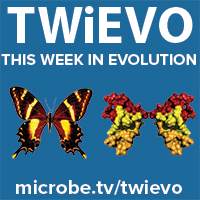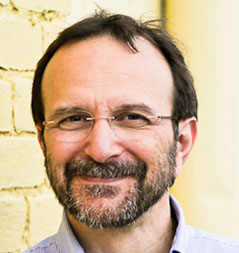Alex joins Nels and Vincent to discuss his work which demonstrates that somatic mutation rates scale with lifespan in mammals.
Nels and Vincent describe how a single amino acid change can allow E. coli to replace the essential gut symbiont of the stinkbug Plautia stali.
Joe Graves joins Nels and Vincent to discuss his career in evolutionary biology and his recent book that answers questions about race and racism.
Nels and Vincent review three aspects of SARS-CoV-2: phylogenetics of Omicron, a two-step fitness selection for SARS-CoV-2 variants, and putative RNA insertions from host genomes.
Nels and Vincent discuss evolutionary evidence for an epidemic of coronavirus infection over 20,000 years ago in East Asia, and reconstruction of the membrane differences between bacteria and Archaea reveals unexpected differences in permeability.
Nels and Vincent explain a method to calculate the mutation rate of SARS-CoV-2, and the role of a single amino acid change in spike in enhancing fitness of the delta variant and enabling it to out-compete the alpha variant.
Carl Zimmer joins Nels to talk about science writing, science communication, viruses, and his new book, On Life’s Edge.
Nels and Vincent discuss the identification of novel bat coronaviruses that shed light on the evolution of SARS-CoV-2, dating the first cases of COVID-19 to mid-November 2019, and recovery of deleted genome sequences from early in the Wuhan outbreak.
Nels and Vincent explain a new method for calculating the most recent common ancestor of SARS-CoV-2, which concludes that the ancestral virus was circulating in October/November 2019, before its first detection in China.
Nels and Vincent review a preprint demonstrating that changes in the genomes of the SARS-CoV-2 variants B1.351 and P.1 allow the viruses to reproduce in mouse cells in culture and in laboratory mice.



